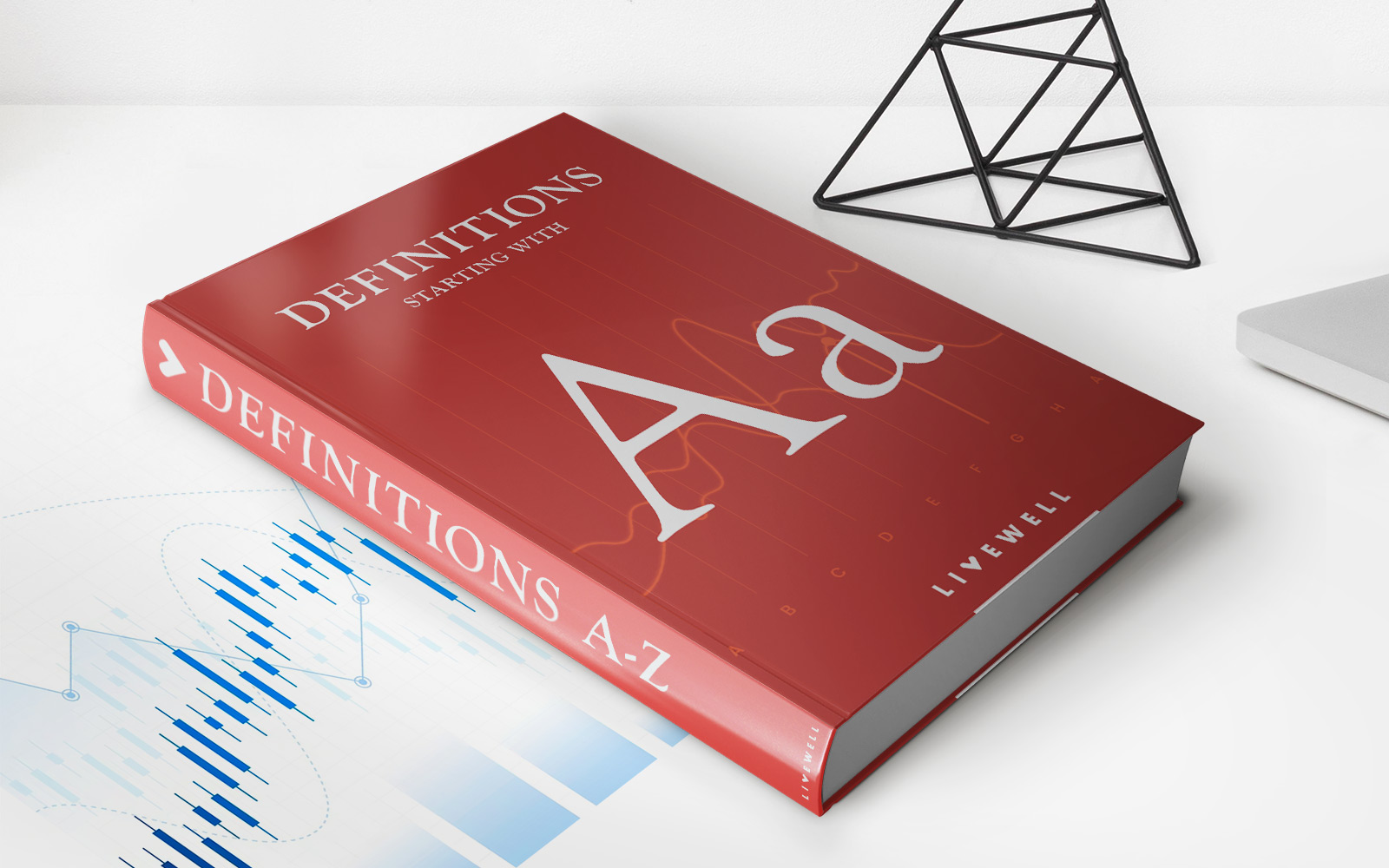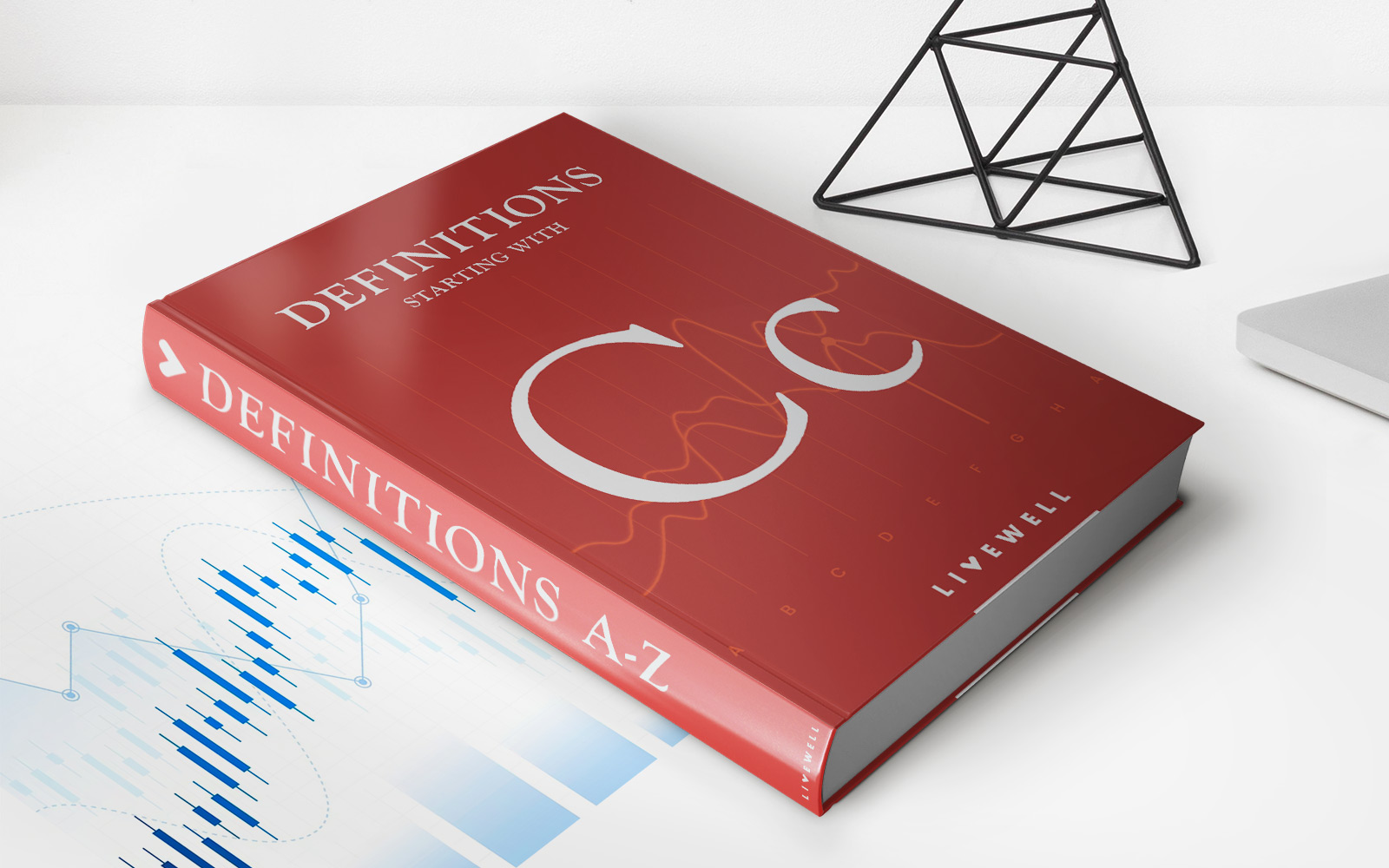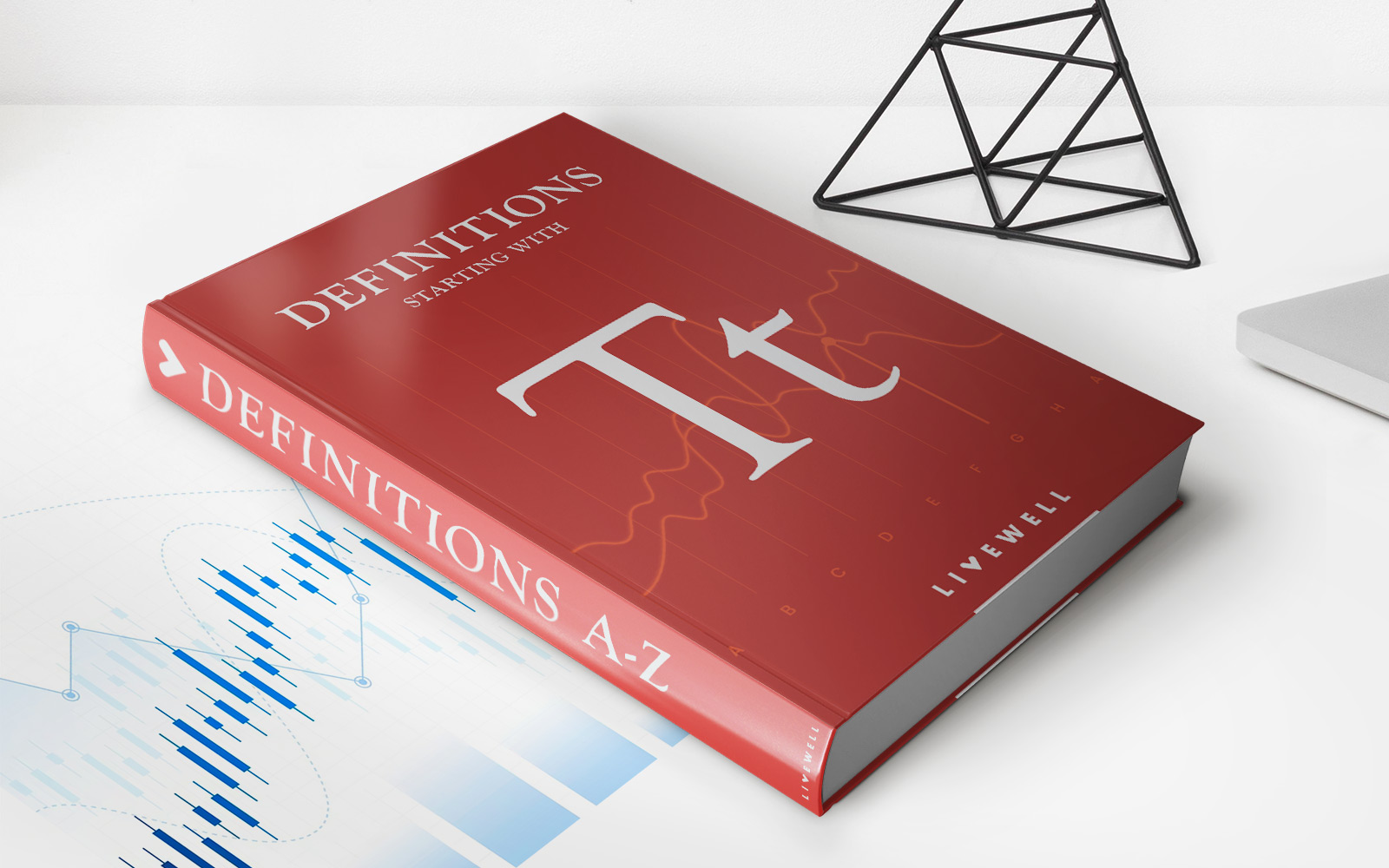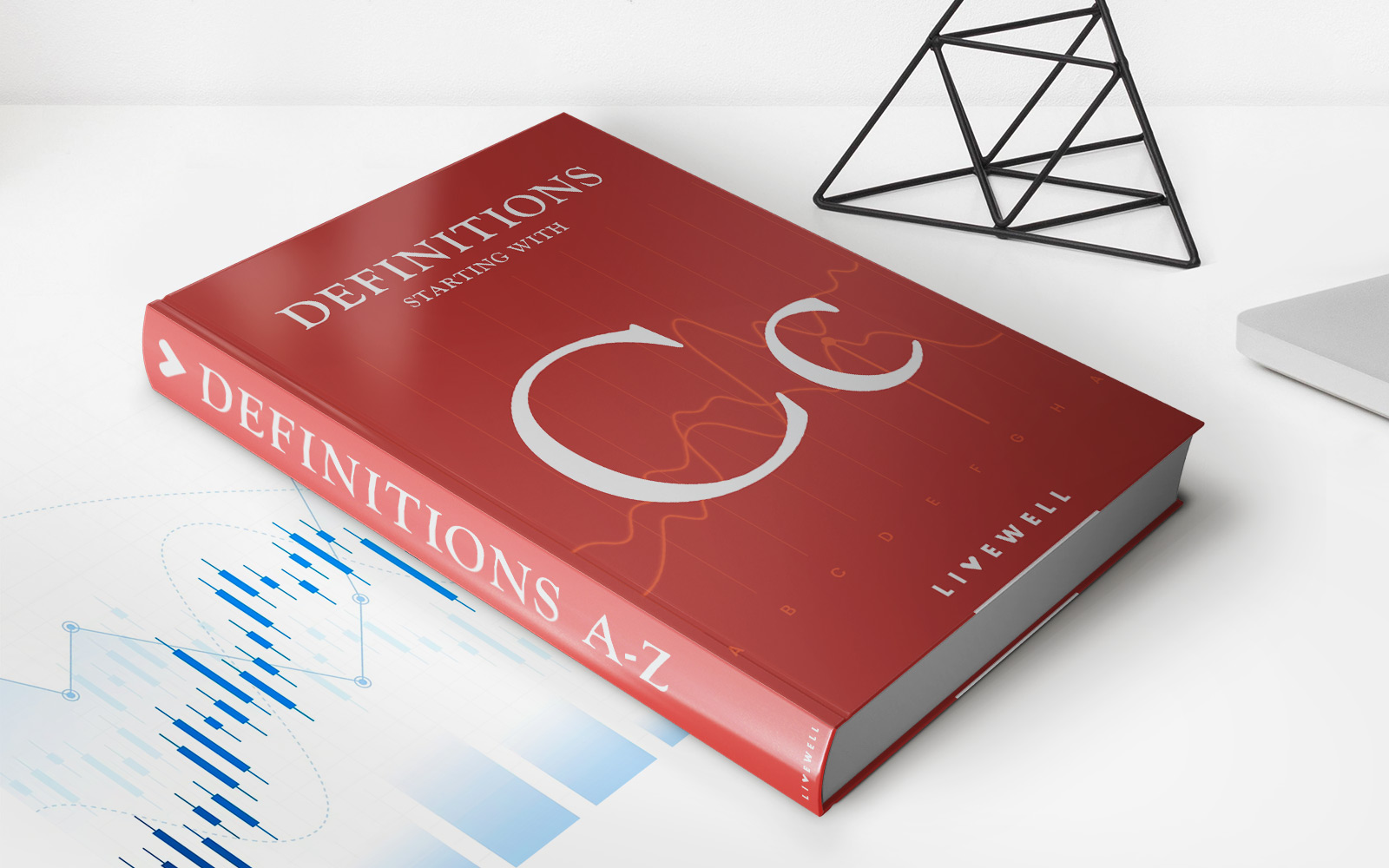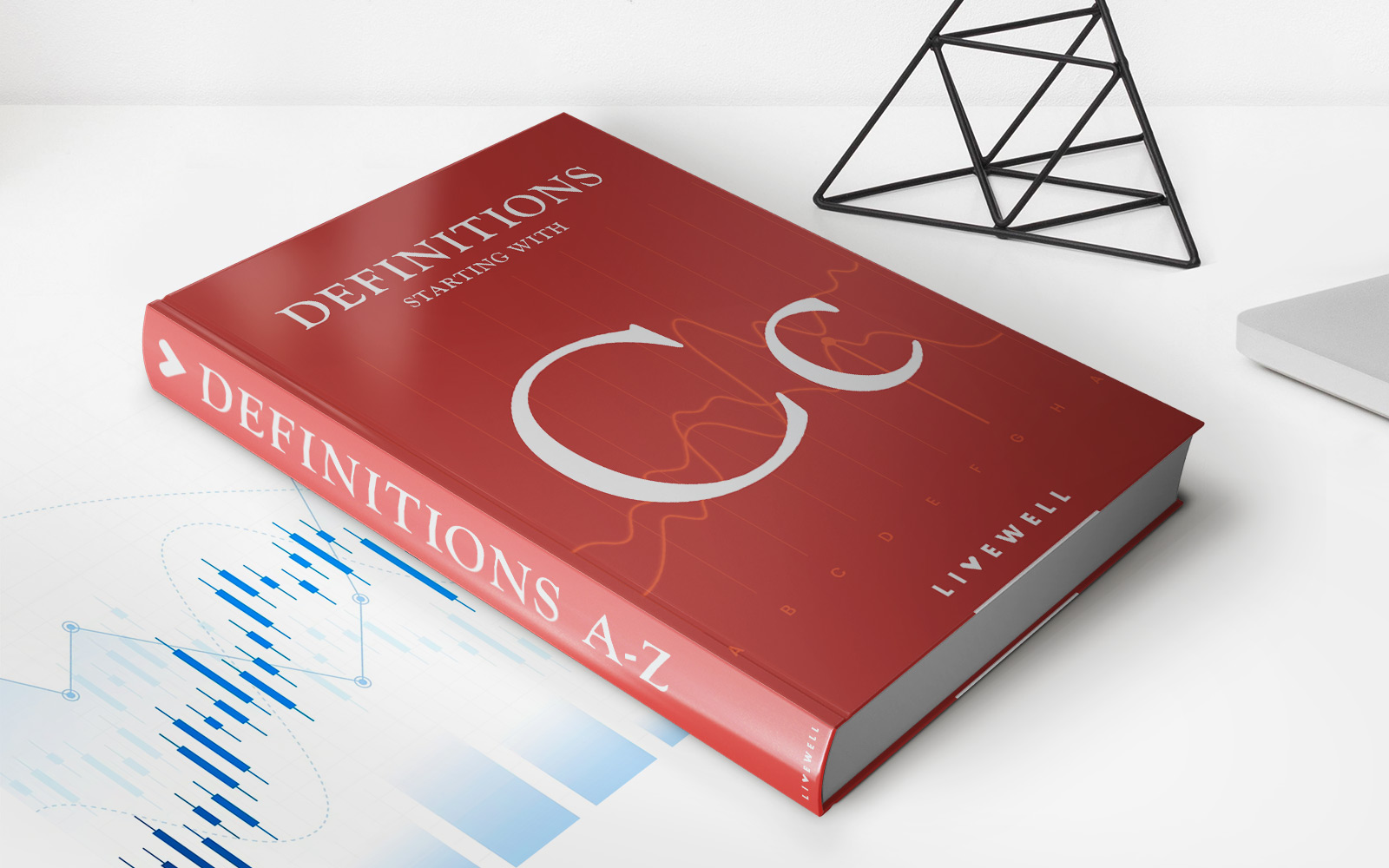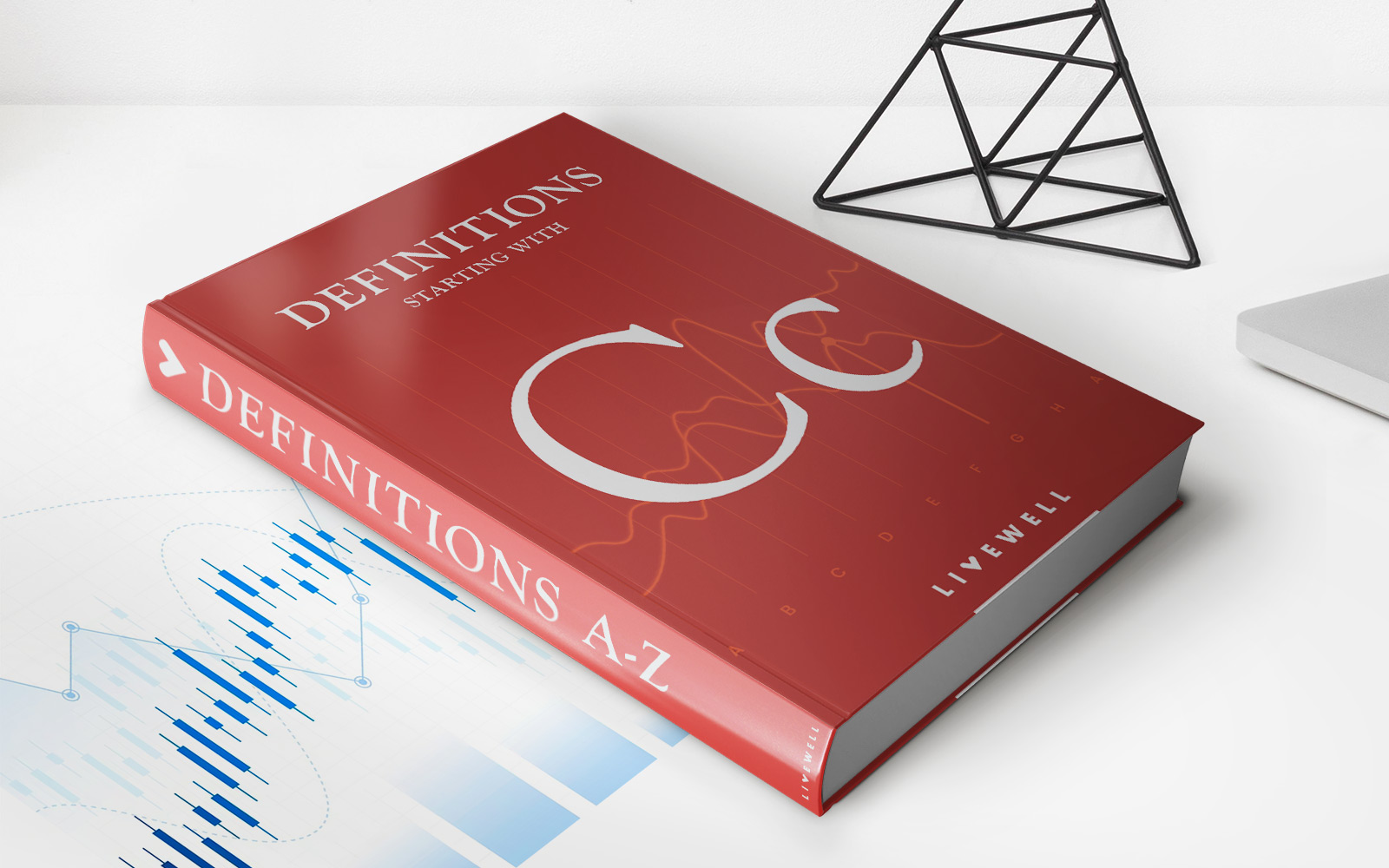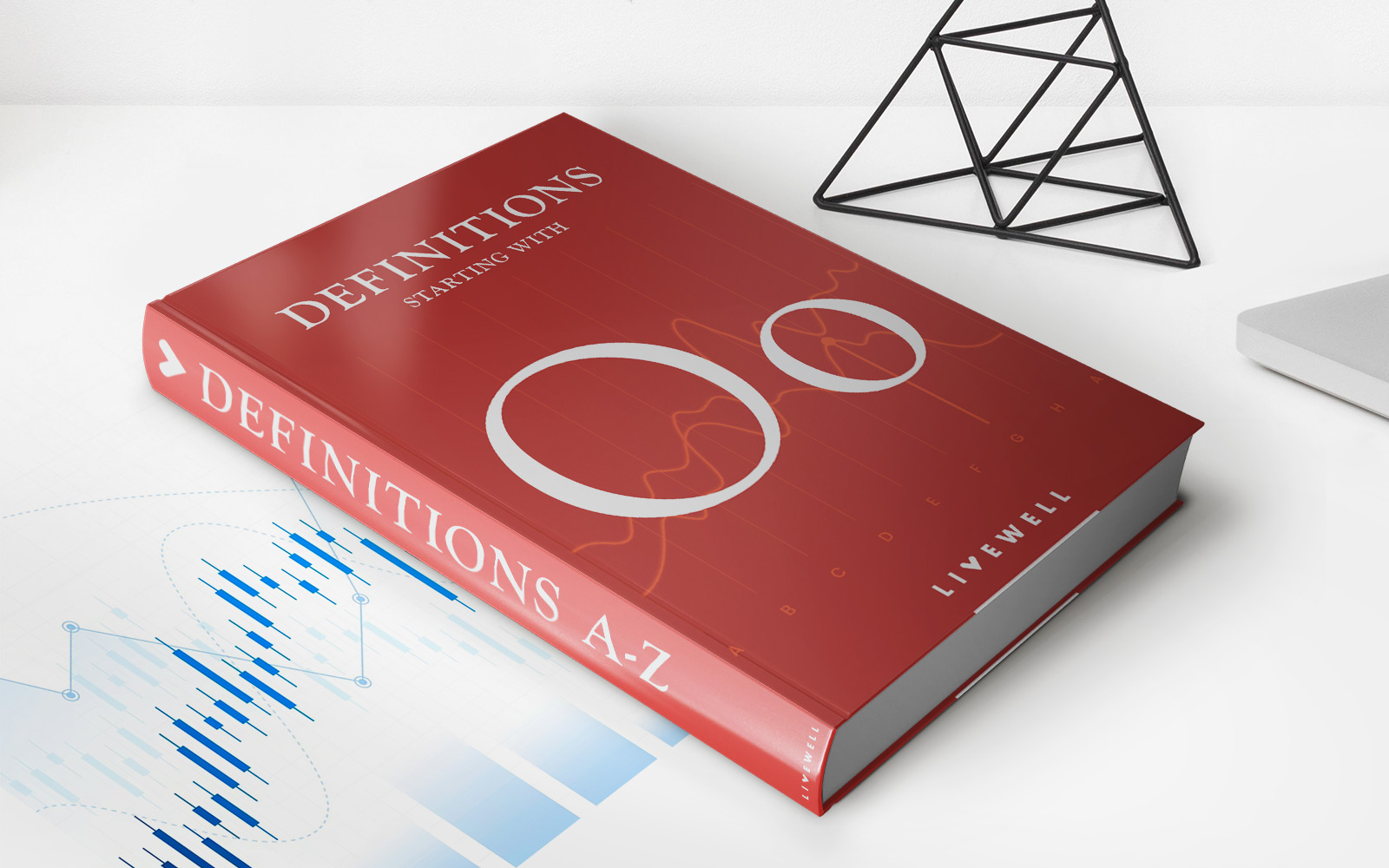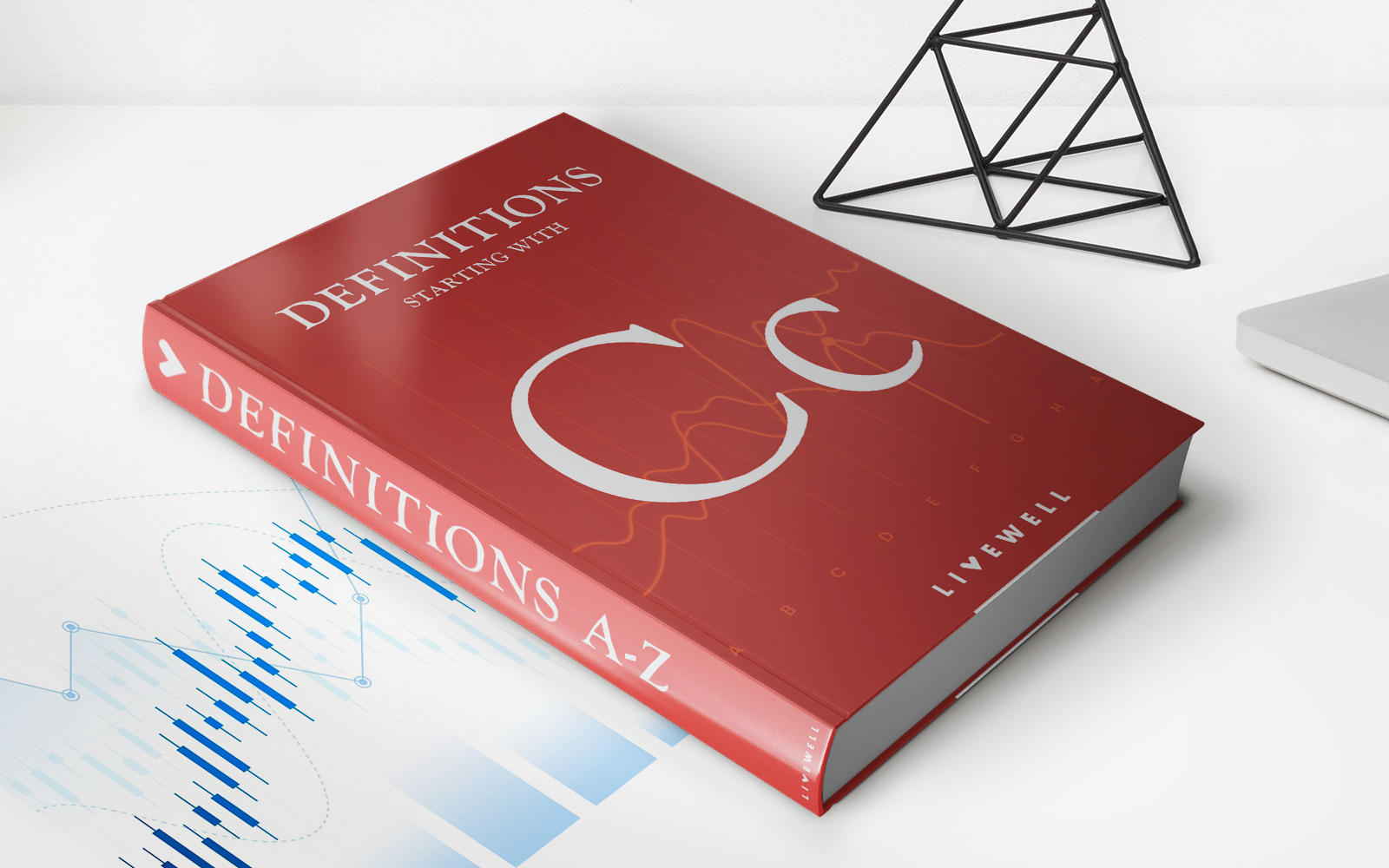Home>Finance>Cash And Cash Equivalents (CCE) Definition: Types And Examples


Finance
Cash And Cash Equivalents (CCE) Definition: Types And Examples
Modified: March 1, 2024
Learn about cash and cash equivalents (CCE) in finance. Explore different types and examples of CCE and understand its significance.
(Many of the links in this article redirect to a specific reviewed product. Your purchase of these products through affiliate links helps to generate commission for LiveWell, at no extra cost. Learn more)
Cash and Cash Equivalents (CCE) Definition: Types and Examples
Welcome to our finance blog! In this article, we will delve into the world of cash and cash equivalents (CCE) and explore their definition, types, and examples. If you’ve ever wondered what CCE or cash equivalents are, you’ve come to the right place. Whether you’re an individual trying to manage your personal finances or a business owner looking to make informed financial decisions, understanding the concept of CCE is crucial.
Key Takeaways:
- Cash and Cash Equivalents (CCE) comprise of liquid assets that can be converted into cash quickly.
- Examples of cash equivalents include short-term investments, treasury bills, and money market funds.
What are Cash and Cash Equivalents?
Cash and cash equivalents (CCE), also known as liquid assets, are financial assets that are readily convertible into cash. These assets include actual currency in hand, funds held in bank accounts, and other highly liquid investments with short maturity periods. CCE is an important component of a company’s balance sheet, representing the financial strength and liquidity of the business.
In simple terms, cash is the physical currency you can hold in your hands, while cash equivalents are highly liquid assets that can be easily converted to cash without any significant loss in value or time. These assets are considered as good as cash because businesses or individuals can access them quickly when needed.
Types of Cash and Cash Equivalents
Let’s explore the different types of cash and cash equivalents:
- Petty Cash: Petty cash refers to a small amount of cash kept on hand for day-to-day expenses or immediate payments.
- Bank Deposits: This includes all funds held in checking accounts, savings accounts, or money market accounts. These accounts are easily accessible and provide a safe place to store your cash.
- Certificates of Deposit (CDs): CDs are time deposits offered by banks that generally have higher interest rates than regular savings accounts. They have fixed terms ranging from a few months to several years.
- Money Market Funds: Money market funds are investment vehicles that invest in short-term debt instruments like Treasury bills, commercial paper, and certificates of deposit. These funds aim to provide steady income and maintain a stable net asset value (NAV).
- Treasury Bills: Treasury bills (T-bills) are short-term debt instruments issued by the government to finance its operations. They have a maturity period of less than one year and are considered very low risk.
- Short-term Investments: These investments include marketable securities with a maturity period of less than three months. They are highly liquid and can be easily converted into cash.
Examples of Cash and Cash Equivalents
Now, let’s dive into some examples of cash and cash equivalents:
- A business keeps a certain amount of cash available for daily operational expenses.
- An individual holds cash in a checking account to cover immediate personal expenses.
- A company invests in a money market fund to earn a higher yield while maintaining liquidity.
- An organization holds treasury bills as a safe investment option with a short-term horizon.
- Personal investments in short-term bonds or certificates of deposit.
These examples illustrate the versatility of cash and cash equivalents and how they can be used by both individuals and businesses to manage their finances effectively.
Conclusion
Cash and cash equivalents (CCE) are crucial components of a company’s financial position and play a significant role in managing personal finances. Understanding the different types and examples of CCE allows individuals and businesses to make informed decisions regarding their cash management strategies. By keeping an appropriate amount of cash and cash equivalents on hand, one can ensure liquidity, manage day-to-day expenses, and take advantage of investment opportunities when they arise.
We hope this article has provided you with a comprehensive understanding of cash and cash equivalents. Thank you for reading, and stay tuned for more informative finance articles!
